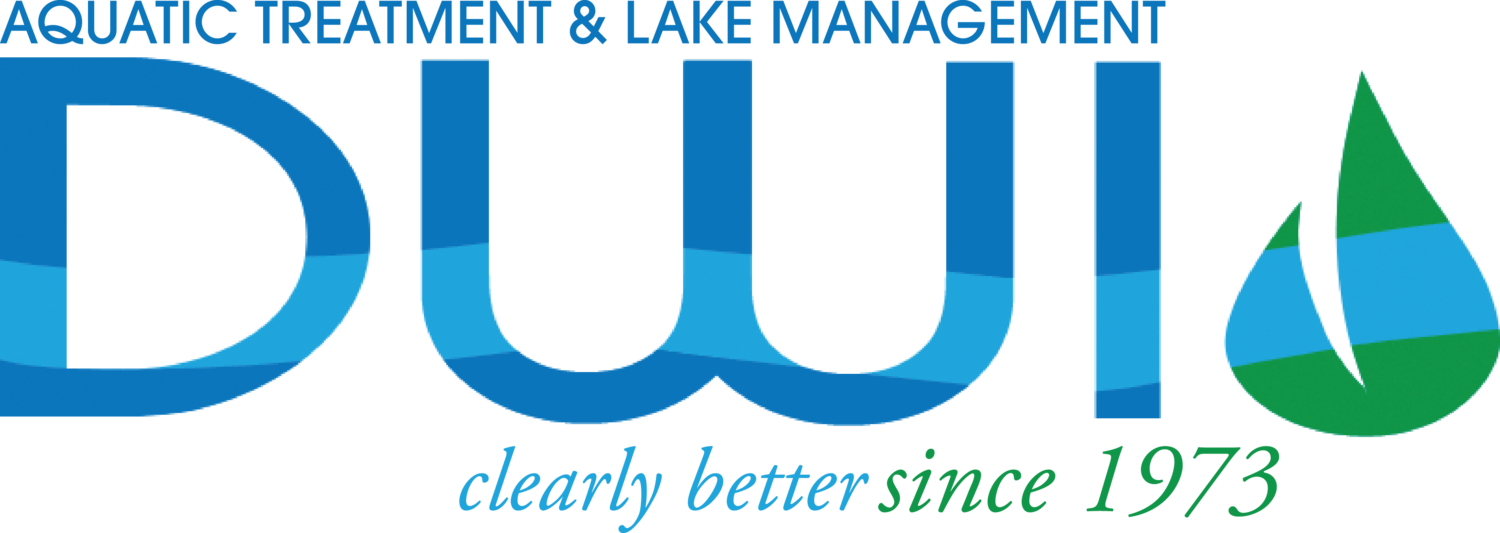By Patrick Simmsgeiger, Founder of DWI
Lakes or ponds that exist within nature are maintained within their own ecosystem; however, most lakes that compliment condominium, apartment communities or golf courses are man-made and as a result require man to tend the maintenance.
There are many options for lake and pond maintenance; but, typically, they are divided in two categories, or approaches: Natural (or “green”) vs. Chemical. The natural Approach uses no man-made solutions and relies entirely on products from nature to maintain a lake or pond while the Chemical Approach uses Specialty Water Treatment Products to aid in maintenance.
So which is better? The truth is: neither! While both have their benefits, each lake or pond situation should be uniquely investigated to provide the best possible solution. Because the majority of lake or pond systems themselves are not natural, a balanced approach is often most favorable. A balanced approach means you can use either approach or even combine methods of maintenance, Natural with Chemical.
Sometimes when a water system is too large it’s not cost-effective, nor timely, to use an entirely Natural Approach. Further, overcompensating natural elements to restore an ecosystem, in a man-made lake, could actually provide negative results. In some situations, too much “green” can be a bad thing. Consider the following example:
Water lilies can be introduced to a pond in order to increase visual appeal while providing natural oxygen; but, if the water lilies are left to take an entirely natural course of growth, they are likely to expand causing an overgrowth. The leaves shed and sink, creating a biomass at the bottom of your pond. A large biomass removes oxygen from the water and can become detrimental to your pond. In this and similar situations, leaving the ecosystem to take its course by nature, a strictly Natural Approach or too much “green” could actually be detrimental to your water feature.
Overgrowth of aquatic plants depletes oxygen from your pond or lake. When unwanted aquatic plants, algae, or weeds overgrow it becomes a situation that needs repair. Overgrowth in large water features is an instance in which a balanced approach is often the best method- most economical, time-effective, and practical- to yield successful results.
Combining approaches could be as simple has initiating a Natural Approach of manual harvesting (having a team of laborers come in and manually remove overgrowth) then introducing Specialty Water Treatment Products to eliminate the remaining unwanted material to restore the health of your water system.
When researching contractors to service your lakes or ponds, make sure they are aware of all approaches and they are licensed to provide you with all possible options or solutions for your lake or pond. Often the Natural Approach is suggested because alternative options cannot be provided without license.
“Green” does mean clean. Ask your contractor if they have a Qualified Applicator License (QAL). QAL provides permit from the contractor’s state and county to use chemically produced Specialty Water Treatment Products. Specialty Water Treatment Products are biodegradable and environmentally safe.



